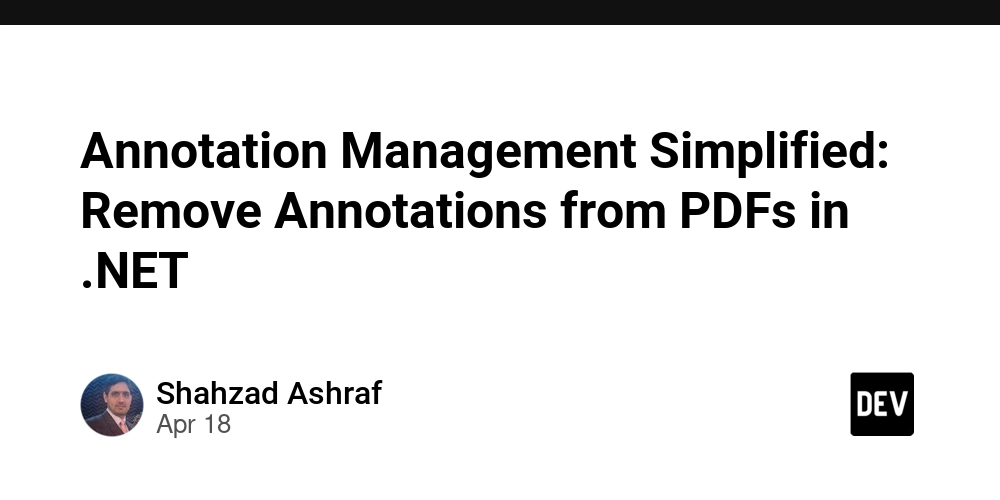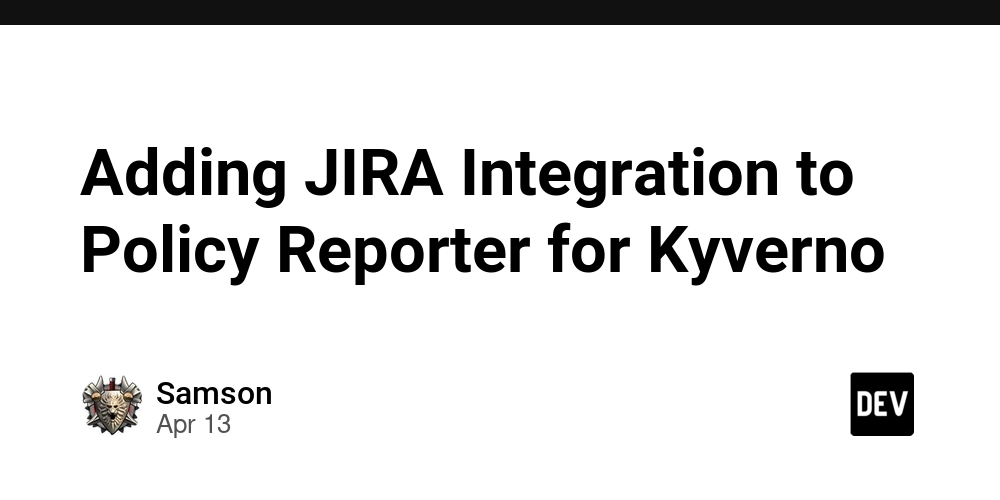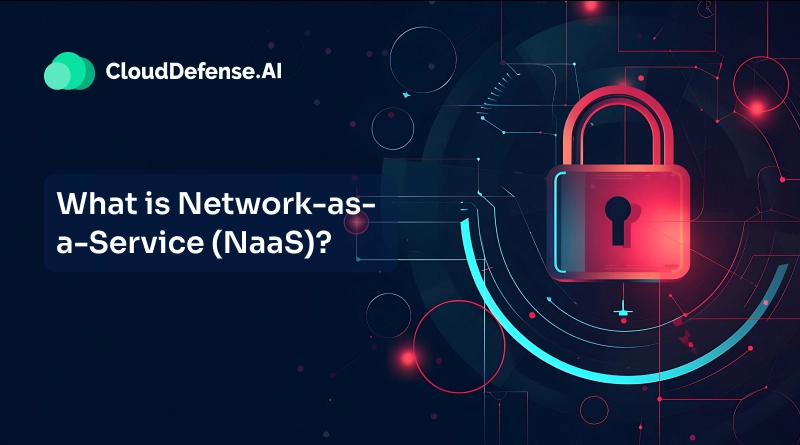Annotation Management Simplified: Remove Annotations from PDFs in .NET
Eliminating unwanted annotations from PDF documents in your .NET applications becomes simpler with the GroupDocs.Annotation Cloud .NET SDK. Developers can effortlessly remove all kinds of PDF annotations, including highlights, arrows, strikeouts, or comments, right from their applications through straightforward REST API calls. This feature is especially beneficial when handling collaborative documents that require finalization, cleanup, or redaction prior to sharing or archiving. When constructing a document management system, a PDF viewer/editor, or an automation tool for secure PDF handling, this SDK simplifies the process of ensuring your files are free from annotations and clutter. Its cloud-based design means there's no need to handle complicated PDF libraries or server-side infrastructure. The SDK integrates seamlessly into existing .NET projects and functions effortlessly with C# applications. Utilizing this powerful .NET REST API allows you to manage annotations programmatically with accuracy—enhancing your workflow and providing improved, secure user experiences. If you're looking to incorporate PDF annotation capabilities into your .NET application or refine your current PDF cleanup process, this API delivers the dependability, speed, and versatility needed to execute the task effectively. Please consult this comprehensive guide for further information. The subsequent C# code example will help you kickstart this capability quickly: using System; using GroupDocs.Annotation.Cloud.Sdk.Api; using GroupDocs.Annotation.Cloud.Sdk.Client; using GroupDocs.Annotation.Cloud.Sdk.Model; using GroupDocs.Annotation.Cloud.Sdk.Model.Requests; class Program { static void Main(string[] args) { // Initialize the API configuration with your credentials string MyClientId = "your-client-id"; string MyClientSecret = "your-client-secret"; var configuration = new Configuration(MyClientId, MyClientSecret); // Instantiate an AnnotateApi instance var annotationApi = new AnnotateApi(configuration); // Set the input file information var fileInfo = new GroupDocs.Annotation.Cloud.Sdk.Model.FileInfo { FilePath = "SampleFiles/source.pdf" }; // Extract the existing document annotations var extractRequest = new ExtractRequest(fileInfo); var annotationsResult = annotationApi.Extract(extractRequest); // Build the list of extracted annotation IDs var annotationIds = annotationsResult.Select(a => a.Id).ToList(); // Create remove options using the extracted IDs var removeOptions = new RemoveOptions { FileInfo = fileInfo, OutputPath = "annotation/output.pdf", AnnotationIds = annotationIds }; // Send a request to remove the annotations var removeRequest = new RemoveAnnotationsRequest(removeOptions); var result = annotationApi.RemoveAnnotations(removeRequest); } }

Eliminating unwanted annotations from PDF documents in your .NET applications becomes simpler with the GroupDocs.Annotation Cloud .NET SDK. Developers can effortlessly remove all kinds of PDF annotations, including highlights, arrows, strikeouts, or comments, right from their applications through straightforward REST API calls. This feature is especially beneficial when handling collaborative documents that require finalization, cleanup, or redaction prior to sharing or archiving.
When constructing a document management system, a PDF viewer/editor, or an automation tool for secure PDF handling, this SDK simplifies the process of ensuring your files are free from annotations and clutter. Its cloud-based design means there's no need to handle complicated PDF libraries or server-side infrastructure. The SDK integrates seamlessly into existing .NET projects and functions effortlessly with C# applications.
Utilizing this powerful .NET REST API allows you to manage annotations programmatically with accuracy—enhancing your workflow and providing improved, secure user experiences. If you're looking to incorporate PDF annotation capabilities into your .NET application or refine your current PDF cleanup process, this API delivers the dependability, speed, and versatility needed to execute the task effectively. Please consult this comprehensive guide for further information.
The subsequent C# code example will help you kickstart this capability quickly:
using System;
using GroupDocs.Annotation.Cloud.Sdk.Api;
using GroupDocs.Annotation.Cloud.Sdk.Client;
using GroupDocs.Annotation.Cloud.Sdk.Model;
using GroupDocs.Annotation.Cloud.Sdk.Model.Requests;
class Program
{
static void Main(string[] args)
{
// Initialize the API configuration with your credentials
string MyClientId = "your-client-id";
string MyClientSecret = "your-client-secret";
var configuration = new Configuration(MyClientId, MyClientSecret);
// Instantiate an AnnotateApi instance
var annotationApi = new AnnotateApi(configuration);
// Set the input file information
var fileInfo = new GroupDocs.Annotation.Cloud.Sdk.Model.FileInfo
{
FilePath = "SampleFiles/source.pdf"
};
// Extract the existing document annotations
var extractRequest = new ExtractRequest(fileInfo);
var annotationsResult = annotationApi.Extract(extractRequest);
// Build the list of extracted annotation IDs
var annotationIds = annotationsResult.Select(a => a.Id).ToList();
// Create remove options using the extracted IDs
var removeOptions = new RemoveOptions
{
FileInfo = fileInfo,
OutputPath = "annotation/output.pdf",
AnnotationIds = annotationIds
};
// Send a request to remove the annotations
var removeRequest = new RemoveAnnotationsRequest(removeOptions);
var result = annotationApi.RemoveAnnotations(removeRequest);
}
}










































































































































































![[The AI Show Episode 144]: ChatGPT’s New Memory, Shopify CEO’s Leaked “AI First” Memo, Google Cloud Next Releases, o3 and o4-mini Coming Soon & Llama 4’s Rocky Launch](https://www.marketingaiinstitute.com/hubfs/ep%20144%20cover.png)


















































































































![[DEALS] The All-in-One Microsoft Office Pro 2019 for Windows: Lifetime License + Windows 11 Pro Bundle (89% off) & Other Deals Up To 98% Off](https://www.javacodegeeks.com/wp-content/uploads/2012/12/jcg-logo.jpg)





































![Is this too much for a modular monolith system? [closed]](https://i.sstatic.net/pYL1nsfg.png)






















































































































_Andreas_Prott_Alamy.jpg?width=1280&auto=webp&quality=80&disable=upscale#)
































































































![What features do you get with Gemini Advanced? [April 2025]](https://i0.wp.com/9to5google.com/wp-content/uploads/sites/4/2024/02/gemini-advanced-cover.jpg?resize=1200%2C628&quality=82&strip=all&ssl=1)













![Apple Shares Official Trailer for 'Long Way Home' Starring Ewan McGregor and Charley Boorman [Video]](https://www.iclarified.com/images/news/97069/97069/97069-640.jpg)
![Apple Watch Series 10 Back On Sale for $299! [Lowest Price Ever]](https://www.iclarified.com/images/news/96657/96657/96657-640.jpg)
![EU Postpones Apple App Store Fines Amid Tariff Negotiations [Report]](https://www.iclarified.com/images/news/97068/97068/97068-640.jpg)
![Apple Slips to Fifth in China's Smartphone Market with 9% Decline [Report]](https://www.iclarified.com/images/news/97065/97065/97065-640.jpg)




































































































































